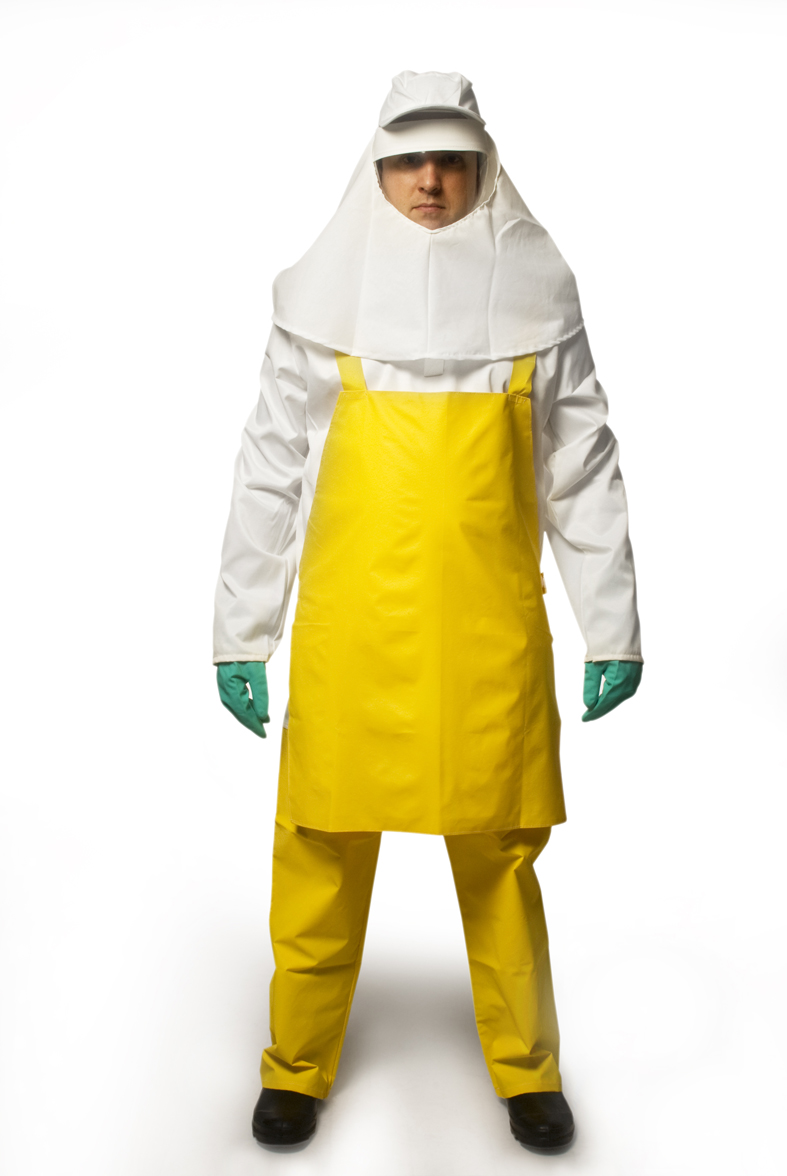9 Workplace Safety Tips (That Can Save Your Life)

Workplace incidents can occur in any industry. Many times it’s hard to predict an incident if it’s never happened before – we’re only human and we all make mistakes. To combat this, here are 9 workplace safety tips (in no particular order) that can prevent accidents and save lives.
1. Properly Train Employees

It is up to the employer to insure all workers have had proper safety training to conduct their daily duties. This includes proper PPE required, regulations and procedures for operating equipment and what to do in case of an emergency. Convergence safety training DVDs provide structure for training employees on all the risks involved with their duties.
2. Always Keep Fire Exits Clear

We have our weekly #FridayFail and more often than not it involves a blocked fire exit. Many tragedies can be avoided by simply making sure the fire exit in your workplace is easily accessible and free from obstruction. OSHA has an online fact sheet for planning exit routes and maintaining a plan in case of an emergency.
3. Maintain an Organized and Clean Workplace

Slips, trips and falls occur constantly, with falls being the #1 fatality on construction sites. In most workplaces, slips and trips can be prevented by simply keeping your workplace clean and organized. Having guidelines in place for each procedure can help with maintaining a clean and orderly workplace.
4. Have the Proper Tools and PPE

Not wearing the proper Personal Protection Equipment or having the correct tools for a job can result in disaster. The employer should provide proper PPE equipment with training on why it’s important and how to wear it correctly. Furthermore, having “the right tool for job” is just as important. Incidents can occur when someone is trying to perform a task with the wrong tool.
5. Instruct Employees to Ask Questions

When in doubt, ask questions. While proper training should answer anything that may come up when performing daily duties, if something seems wrong or unsafe it’s important to confirm the correct way to execute the task. Guessing how something works, especially when using large machinery, can result in the loss of limbs or even death. Never assume that something should be performed a certain way if there’s any chance an incident can occur.
6. Perform Incident Investigations

Earlier this month we covered how to perform a risk assessment in your workplace . If a proper risk assessment is conducted regularly,many incidents can be prevented. However, when an incident does occur, OSHA requires an incident investigation to be performed. This entails reviewing why the incident occurred and the proper procedure to be put in place to prevent it happening again. OSHA has an online guide for employers to help them with the process. According to the guide, the four basic steps of an incident investigation include:
- Preserve and document the scene
- Collect information
- Determine root causes
- Implement corrective actions
By following these simple guidelines, employers can understand the hazards involved in their workplace and can implement procedures to prevent them from happening in the future.
7. Understand Lockout/Tagout

Lockout/Tagout was the 5th most cited OSHA violation in 2015. According to OSHA, “This standard covers the servicing and maintenance of machines and equipment in which the unexpected energization or start up of the machines or equipment, or release of stored energy, could harm employees. This standard establishes minimum performance requirements for the control of such hazardous energy.” On a very basic level, training for lockout/tagout procedure must cover the following:
- Aspects of the energy control program in place
- Elements of the energy control procedure as it pertains to the employee’s duties
- Knowledge of the OSHA Requirements and standards
OSHA has an online fact sheet for employers to help with understanding the basic requirements of Lockout/Tagout.
8. Know and Practice Hazard Communication Standards

Hazard communication standards entails the labeling and classifying of hazardous chemicals. Failure to do so is the 2 nd most cited OSHA violation of 2015, although a company could be considered lucky if they only receive a citation for this violation. Improper labeling of chemicals can result in a number of horrible situations including fires, explosions and death. OSHA has a number of online resources to help employers understand and follow the regulations required to be safe and compliant.
9. Understand that Safety is Important

It’s easy to start cutting corners in the workplace. Safety PPE, equipment and training can cost a lot of money . However, nobody should have to work in an environment where they feel unsafe for any reason. When a life hangs in the balance, every precaution should be taken to ensure the best possible outcome. Safety is important!
Recent Posts
-
Safety First: Choosing the Right PPE for Your Laboratory
Are you aware that over 20,000 workplace injuries occur annually i …1st Oct 2025 -
The Future of Lab Supplies: Trends You Can't Ignore
As laboratories across various industries evolve, the demand for i …29th Sep 2025 -
Ergonomics in the Lab: Choosing Equipment for Comfort
In the fast-paced world of laboratory work, comfort should not be …15th Sep 2025
